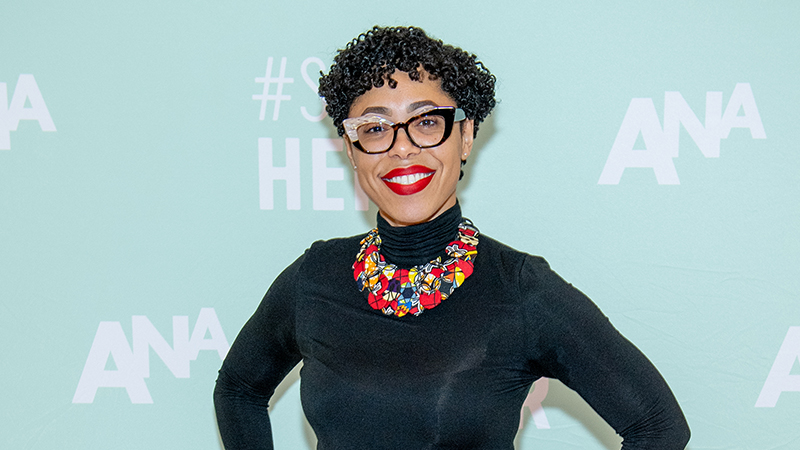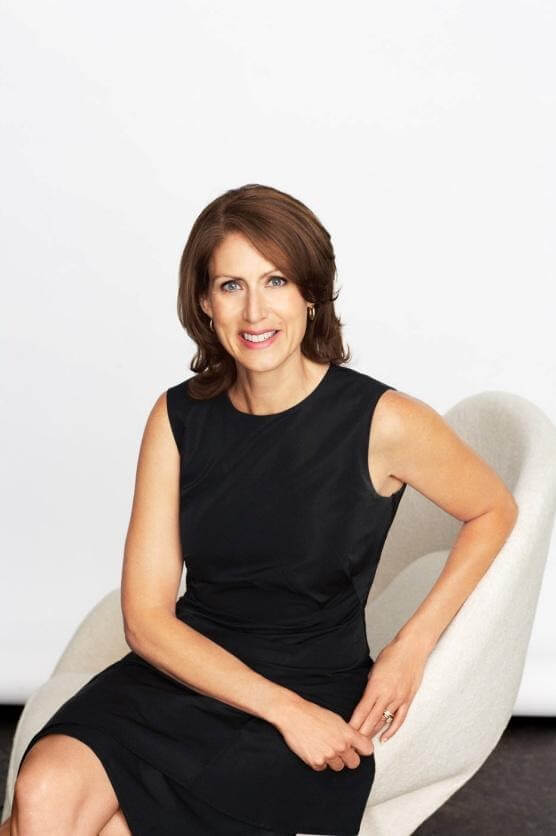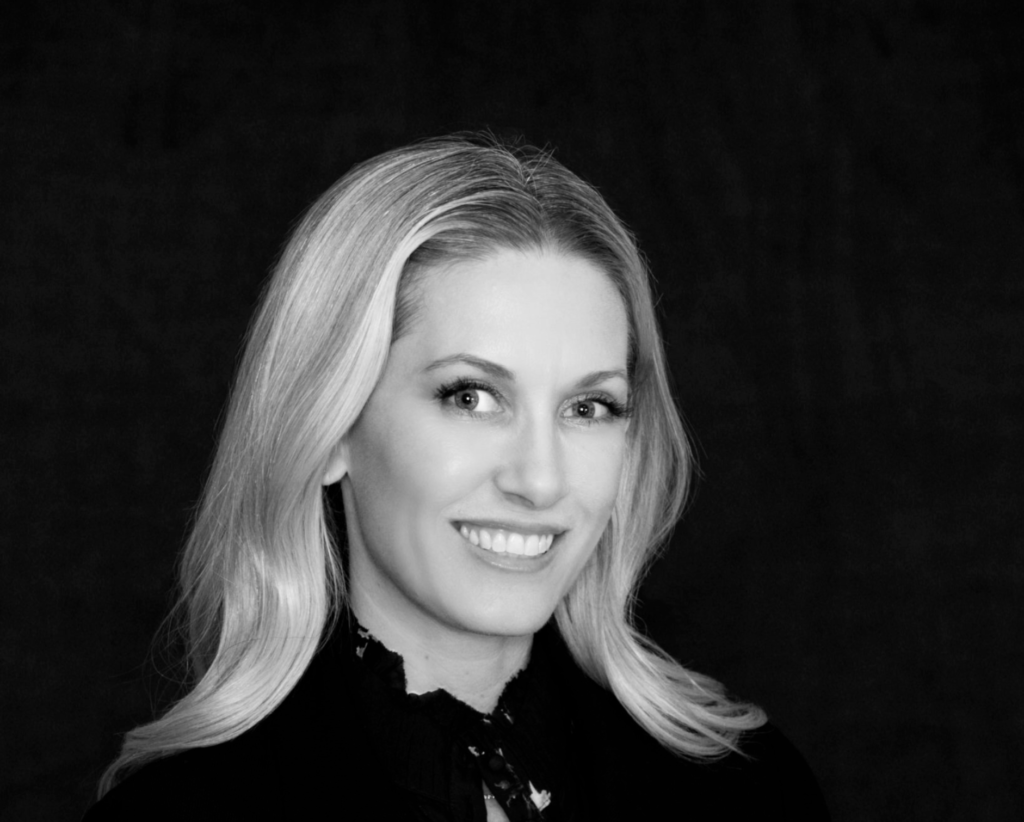
Knatokie Ford, Ph.D., is helping build tools to quantify the value of accurate representation in media
When her time as a senior policy adviser in the Obama White House was coming to an end, Dr. Knatokie Ford had one question guiding her next move: How do we ensure that no matter who occupies the building next, the work will continue?
It was with that question in mind that Ford, who holds a doctorate in experimental pathology from Harvard, joined the #SeeHer initiative as an adviser on STEM and entertainment engaGEM®ent. Ford’s work in diversity and inclusion in STEM (science, technology, engineering, and mathematics) and her passion for the power of storytelling serve as the foundation for Fly Sci Enterprise, the company she founded to help leverage entertainment media to enact social change.
To help broaden #SeeHer’s mission of more accurate portrayals of women and girls in media, Ford has contributed to projects like #WriteHerRight, which provides tools to entertainment writers seeking to ensure that their female characters reflect a diverse range of women and girls. When it comes to content, Ford is keenly aware that creators have an opportunity to not only depict a more realistic version of the world, but to envision the world as a more diverse and inclusive place.
ANA magazine spoke with Ford about her work with #SeeHer, the power of storytelling to promote inclusivity, and the business case for bringing more diversity to marketing.
Q. Can you give us an overview of the work that you do with Fly Sci Enterprise and how you’re assisting #SeeHer?
My organization, Fly Sci Enterprise, has a mission to provide services to the community relevant to content creation, and to create tools to help create more awareness around diversity issues. We also want to help empower people to find ways to celebrate those who are being inclusive and who are doing great work when it comes to diversity and inclusion, as it pertains to media and content.
My passion area specifically is STEM, because I’m a biomedical scientist by training. My original vision for why I wanted to do this work were the persistent challenges in representation within the actual STEM workforce. It’s become apparent that media can actually be a very helpful and powerful tool in helping to address and change that, so this work that I’m doing with Fly Sci Enterprise is really just a combination of many different aspects of my career.
I came on board officially to work with the #SeeHer team in September of 2017. My role as the STEM and entertainment engaGEM®ent adviser is really leveraging the expertise and the network that I developed in doing this work in my previous capacity as a senior policy adviser in the Obama White House, but also collectively over my career. My work is with the storytelling community, to both raise awareness about challenges with diversity in media, and specifically for the #SeeHer movement, as it pertains to how women and girls are portrayed. And so last year, around Cannes, we launched something called #WriteHerRight. These are tools that can be used and developed within the writing community, but also spur conversation within the writers’ room around gender bias in media and really get writers thinking about the attributes of the female characters that they’re creating. Our first tool that we released was a tip sheet for storytellers and it’s been incredibly well received by the writing community. We are developing tools to help enable people to change.
The beauty of this work is that it’s not just about the social good anymore. I think people are really recognizing that this is also good for business. Given that women are the primary decision-makers in households, it’s important for women to feel that they are seeing themselves reflected in content and in ads. It’s a win-win for us to be able to show that there’s a social imperative that can come from showing women and girls more authentically, but that is not going to be at the expense of the bottom line.
Q. From your perspective, how does storytelling influence the way that we think about diversity and inclusion?
I think there are a lot of misconceptions about diversity and inclusion. First, the lexicon has changed. Maybe five years ago, you’d hear just “diversity,” but now it’s evolved to include the word “inclusion.” There is a great distinction between what it means to have a diverse space versus an inclusive space. An analogy I heard once to describe the difference between diversity and inclusion is that diversity is being invited to the party, and inclusion is being asked to dance. I think it’s just a beautiful way to illustrate them.
I think there’s this misconception that if you focus on being more diverse and inclusive, that you’re going to compromise quality in some way. But the reality is, when you don’t do this, you’re actually missing out. Using storytelling to reach people and help them find how diversity and inclusion relate to them in their everyday life is a powerful way to demystify it and that it shouldn’t be something to be viewed as a threat or a compromise, but an opportunity.
Another term that’s gotten more attention in the last few years is “intersectionality.” Intersectionality acknowledges that identity is a very complex construct and that there are various aspects of a person’s identity that don’t exist independently of each other, but rather they can converge and create this complex system of oppression.
One of the best examples of this is the pay gap. A white woman makes 81 cents on the dollar compared to white men. Black women make 65 cents; Latinas, around 61 cents. Even within genders, the oppression is not the same. It’s important to be mindful of those differences, even within the movement to focus on equality.
When it comes to helping people feel less intimidated by, or just have a better understanding of, why diversity and inclusion are so important, I think story is the most powerful vehicle to achieve that end. It’s important that everyone feels like they can be a part of the solution and not necessarily contributing to the problem.
Q. More and more, marketers are required to bring some kind of data to back up their decision making. Do you have any advice to marketers about what data they could bring to the table to make the case for inclusive marketing?
The data aspect has been critical for the #SeeHer movement, especially. We have the GEM®, the Gender Equality Measure, which assesses consumer reaction to content, and I believe it’s been demonstrated that the ads that better reflect people in the reality of life have, on average, a 30 percent increase in ROI.
If we can get content to look like the world we live in, I think that’s a beautiful thing. The reality is, we live in a beautifully diverse world, but our content has not yet been able to achieve a direct reflection of that and the complexity of people and the complexity of women. There is a tremendous benefit for content that is more accurately portraying women and girls as they are in the real world.
Think about what you’re leaving on the table when you aren’t creating products for and marketing in a way that is reflective of the people you’re trying to serve.


